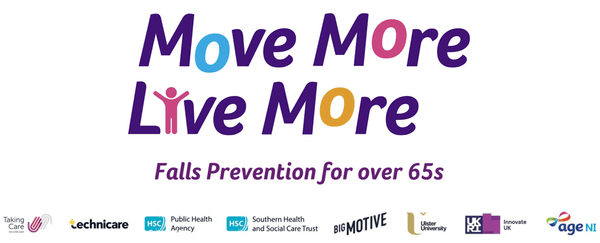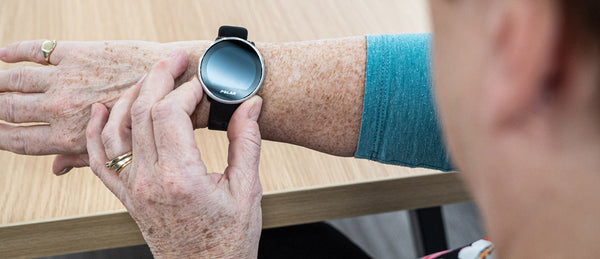The national ambulance crisis is unquestionably challenging, and at Taking Care we are doing all we can to relieve pressure on vital services. We are working in collaboration with the NHS, support networks and communities to find ways to dramatically improve response times for our customers and their families.
None of us can avoid the recurring daily news reports of the escalating crisis with ambulance wait times across the country.
At Taking Care, we’re seeing the impact the ambulance crisis is having on the NHS and the worry and stress this causes to our customers, their families, and carers. Across all three of our Emergency Resolution Centres, we’re experiencing longer call handling times, increased requests for outbound support calls, more calls to check ambulance waiting times and increasing call length and complexity.
What does a great responder service look like?
One of our core objectives is to prevent avoidable hospital or crisis care attendances and admissions and help people return home from hospital by providing extra support. We’re working on several pilot programmes with a nationwide initiative to support crisis care in local communities. We’re passionate about developing public and private collaborative partnerships that can help solve the challenge in responder services and demonstrate the benefits of working together for our common goals of reducing the strain on NHS services and saving lives.
Our partnership with the London Borough of Bexley and St John Ambulance
We currently have an excellent model in place with one of our corporate clients. We’re working with the London Borough of Bexley and St John Ambulance to provide a mobile response service giving access to clinically trained St John Ambulance staff as an alternative to ambulance services in the Bexley area.
The power of partnership
Adam Williamson, Head of Community Response at St John Ambulance, explains more about the partnership, including the essential lifting service provided to the residents.
When we came together, we had that spark, we had the service user at the heart of what we were trying to develop together. We were very keen on innovation and making sure that we were developing and providing a service that really benefitted those vulnerable people at home when it matters.
Adam Williamson
Head of Community Response at St John Ambulance
How the mobile response service works
When we respond to a call, following triage and where appropriate we will dispatch St John Ambulance. If no hospital admission is required, they return to visit the customer 72 hours later to check on their welfare.
The response team see the customer in their home environment, gauge risks and suggest any other TEC products or services that would provide additional support.
On attendance St John Ambulance responders use the Falls Pathway (based on iStumble post-fall assessment) and clinical observations using NEWS2 score and keep Taking Care up to date on the welfare of the individual. The outcomes for over 1,500 call-outs within the first few weeks alone included:
- 68% were responded to within 20 minutes: 99% were responded to within 45 minutes
- 20% required post-visit referral for additional care and medical support
- Less than 10% required an ambulance: 81% would have resulted in deteriorating / more serious injury or fatality if St John Ambulance had not responded
- 100% of post-fall Welfare Visits were delivered within 48 hours
- 13 were referred to Safeguarding Teams
And following the initial launch, there has been an encouraging and consistent response pattern following many months of operation.
Through our mobile response partnership, we have been able to report outcomes that evidence a reduction in emergency admissions. We have been able to actively reduce the need for both ambulance attendance in the first instance and reduce the hospital admission rate.
In this line of work, it’s people who are vulnerable so it’s really important that charities, public services, and private organisations work collaboratively together to provide the best possible service to the community. That’s what’s going to generate good patient outcomes, it’s going to keep people safe at home.
Adam Williamson
Head of Community Response at St John Ambulance
Always seeking positive change
We believe collaboration is the key to making positive changes and finding ways to better assist our customers. As Steve Gates, Managing Director at Taking Care, stresses:
We need to work hard to find different routes, alternative routes, or new routes, and be clear in terms of bridging those gaps and focusing on the outcomes. We shouldn’t look over our shoulder at the way things worked before as a model; we’ve now increasingly got to look forward and see how we can do things differently to make a significant impact to deliver exceptional care for our loved ones and their families.




